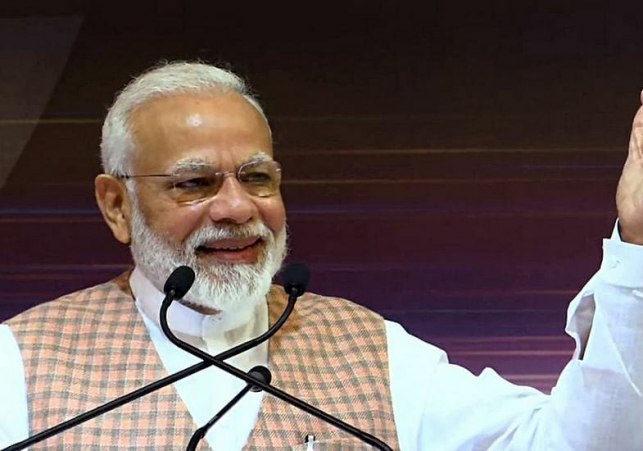

A significant dispute has arisen over who will produce the new combat uniforms, which was unveiled by the Army's 13-lakh strong force. Employees of the state-owned ordnance clothing factory (OCFs) argue that they should be awarded the multibillion-dollar contract, while the Army prefers an open tender with private companies competing for the best camouflage fatigues at the lowest prices.
On January 15, the new combat uniform with a "digital disruptive pattern" was unveiled for the first time during the Army Day parade, which was organically designed in collaboration with the National Institute of Fashion Technology (NIFT).
Employees of the OCF, particularly those at the Avadi factory, claim that the Union government and the Army are once again favoring the private sector over state enterprises.
An employee says, “For the ordnance factories to survive, they need orders. The OCFs have the wherewithal to design and manufacture combat uniforms.”
They are currently dissatisfied with the "corporatization" of the massive Ordnance Factory Board (OFB), which was divided into seven organizations last year.
However, according to defence establishment insiders, the goal is to choose the best possible facility in the country to manufacture the all-terrain battle outfits so that the soldiers have "uninterrupted supplies with the right price and quality."
A source said, “Under the ‘Atmanirbhar Bharat’ initiative, all private players and the OCFs (now under the Troop Comforts Ltd) would be eligible to respond to an open tender and a transparent procurement process.”
The current battle uniform has a two-year supply. The supply order for the new lighter, stronger, and more environmentally friendly battle outfits will be placed later this year, with deliveries starting in early 2023.
“The whole process for the induction of the new combat uniform should stabilize by 2023. The OCFs, in any case, have their hands full with pending orders in a number of areas, including general stores and clothing items,” the source further said.
“The product improvement in the new combat uniform involved changes in the fabric, camouflage pattern, and garment design in collaboration with the NIFT. It was only after rigorous trials with feedback on the shortlisted patterns, designs, and fabrics, the final prototype of the uniform was conceived,” he added.